This wave opens up a new and potential study abroad market for Asian countries.
For many Indian students, studying abroad has long been a gateway to global career opportunities. But with rising costs and countries tightening visa restrictions, the dream is becoming more difficult to achieve.
Sakshi Talreja is a typical example. In 2024, she received the opportunity to study at two universities in Australia but was forced to give up due to financial burden. The turning point came unexpectedly when Deakin University, Australia, opened a campus in Gujarat, India.
Deakin is one of at least 14 international universities planning to set up campuses in India. India’s appeal lies in its huge student population, large faculty and rapidly growing economy , which creates an urgent need for highly skilled human resources.
The Indian government is also actively engaging universities in the world's top 500 to improve the quality of higher education and expand access to global curricula for domestic students.
The trend comes at a time when the number of Indian students studying abroad is falling significantly. By 2024, the number is expected to fall by about 15%, from nearly 900,000 to about 760,000, due to rising living costs, a falling rupee and restrictions on long-term residency in many countries.
The presence of international schools in India not only gives students new options, but also allows foreign schools to continue to maintain revenue from the Indian student group, which accounts for a large proportion of global revenue.
This trend is also expected to attract Asian students in particular and international students in general to choose India as a study abroad destination. This contributes to making India a new study abroad market in the world .
However, there is no denying that tuition fees at international institutions are much higher than the domestic average. For example, a two-year postgraduate degree at Deakin’s Gujarat campus costs around 1.85 million rupees, nearly 10 times more than at many Indian private universities. However, this is still half the cost of studying in Australia, while living costs are also significantly lower.
“Students will still receive the same educational standards and qualifications as in Australia without the huge financial burden,” said Dr Deepak Bajaj, Academic Director of Deakin India.
Another concern is the risk of “brain drain” from public schools, as international institutions have stronger financial resources. However, international educational institutions often attract returning professionals, young lecturers and industry experts seeking teaching opportunities, thereby creating new capacity rather than draining existing resources.
Despite high expectations, the success of this model remains to be seen. Some experts emphasize that an “international brand” does not necessarily mean the same quality as the original facility.
Besides, foreign institutions cannot offer the full benefits of global experience. Therefore, the group of students aiming to settle abroad will still find it difficult to convince them to stay in India unless international institutions expand their internship, exchange and professional training programs abroad.
“The most important thing is to ensure the rigor of the program and the quality of the facilities. If the international training environment is not replicated, the value of the degree will decline,” warned Ms. Nistha Tripathi, Director of 24NorthStar Study Abroad Consulting Company.
Source: https://giaoducthoidai.vn/truong-quoc-te-o-at-mo-co-so-tai-an-do-post758216.html








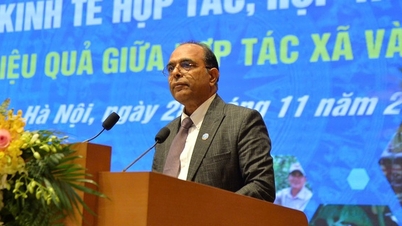

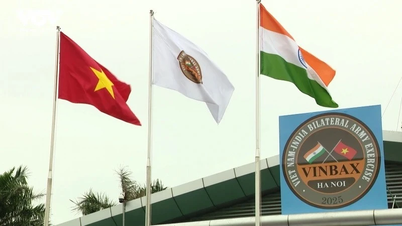



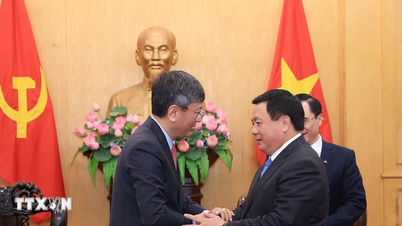


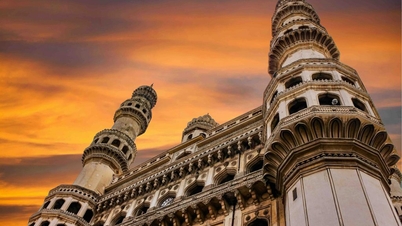
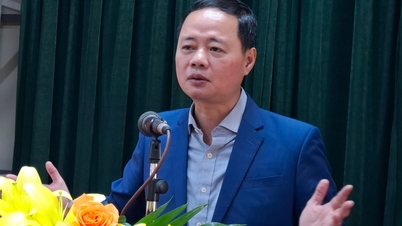

















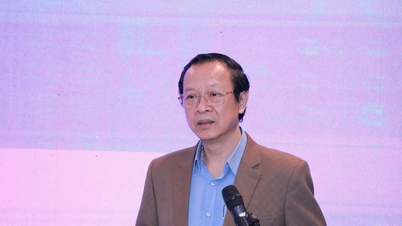















































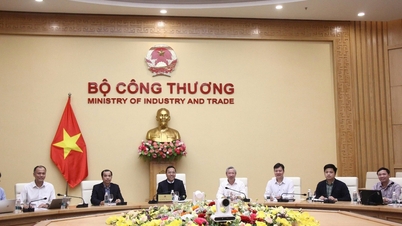






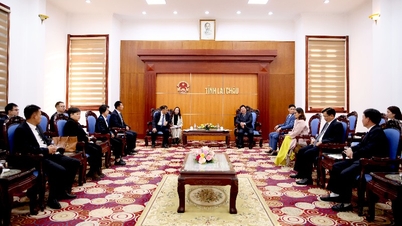

















Comment (0)